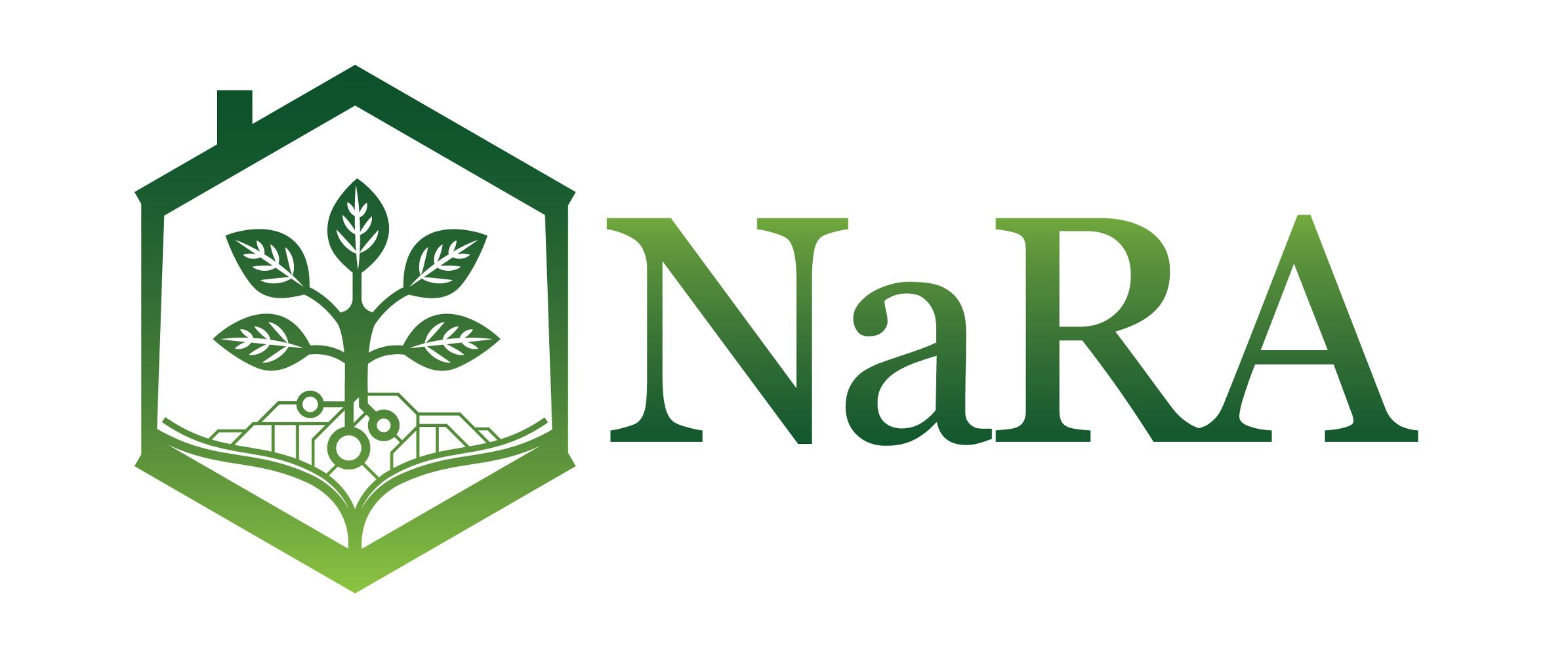| dc.description.abstract | Residues of veterinary drugs represent a significant risk to the health of honey consumers. Antibiotics can get into honey by using the antibiotics for treatment and prevention of bees diseases but also through the plant nectar and pollen. In Serbia, the use of antibiotics in beekeeping for bacterial diseases treatment is prohibited and accordingly there is no prescribed maximum permissible concentration for them in honey. The aim of this paper is to monitor the presence of antibiotic residues in honey which necessarily indicate their illegal and uncontrolled use. The presence of antibiotic residues in honey was screened for microbiological method "Modified method 4 plates" (EUR 15127-EN). The total of 135 samples of different honey types has been examined. Five of them (3.7%) were positive to antibiotic residues. The presence of antibiotic residues was found in the acacia honey (0.31%), linden honey (0.33%), sunflower honey (0.19%), mixed honey (0.17%) and honeydew honey (0.10%). Such unprofessional, unconscionable and unlawful use of antibiotics leads to their presence in honey and other bee products, as well as in the highly desirable and valuable products making them unusable. | en |



